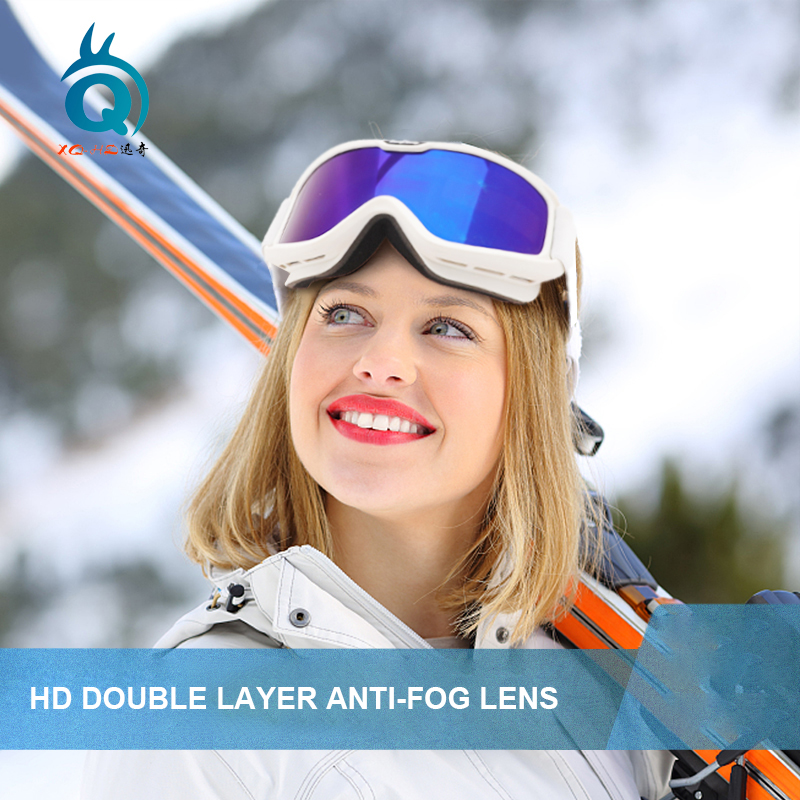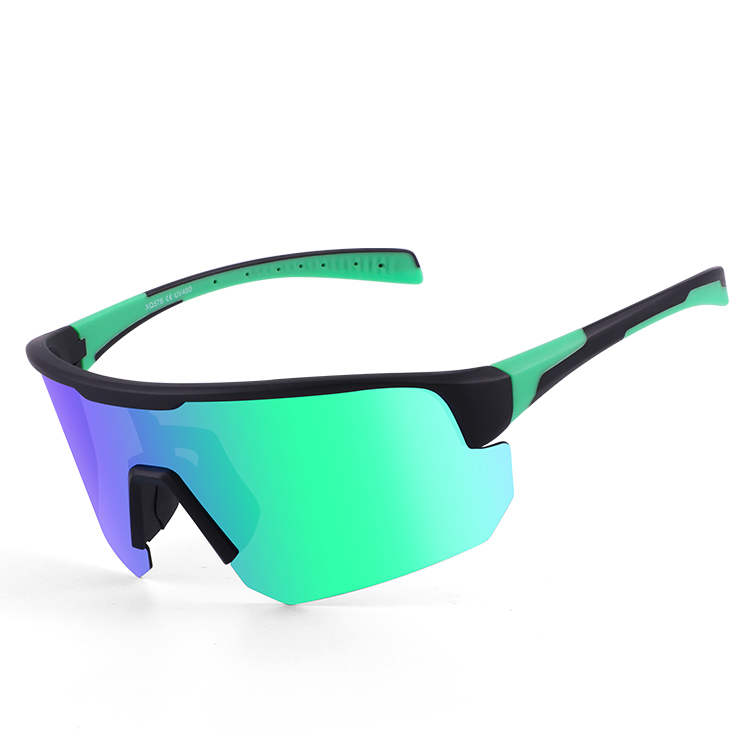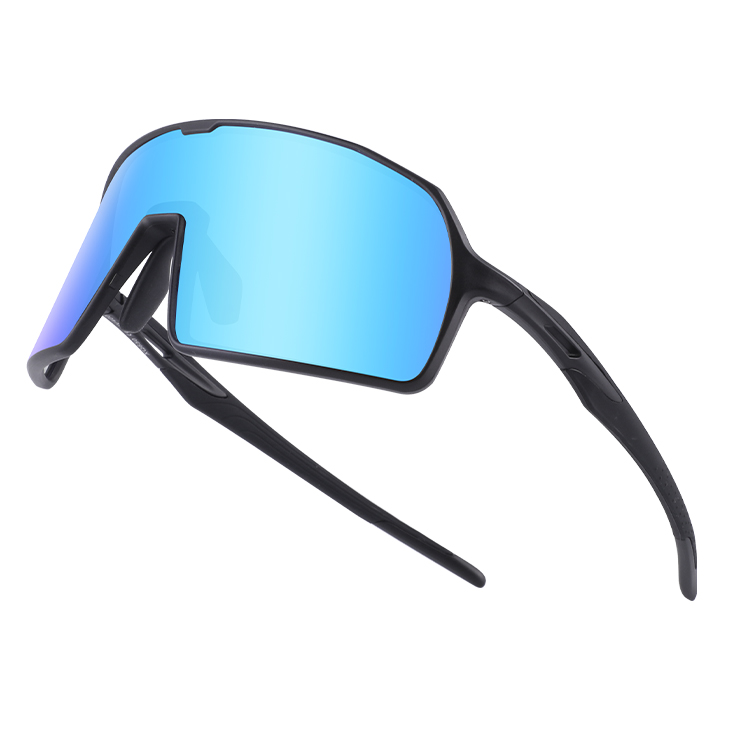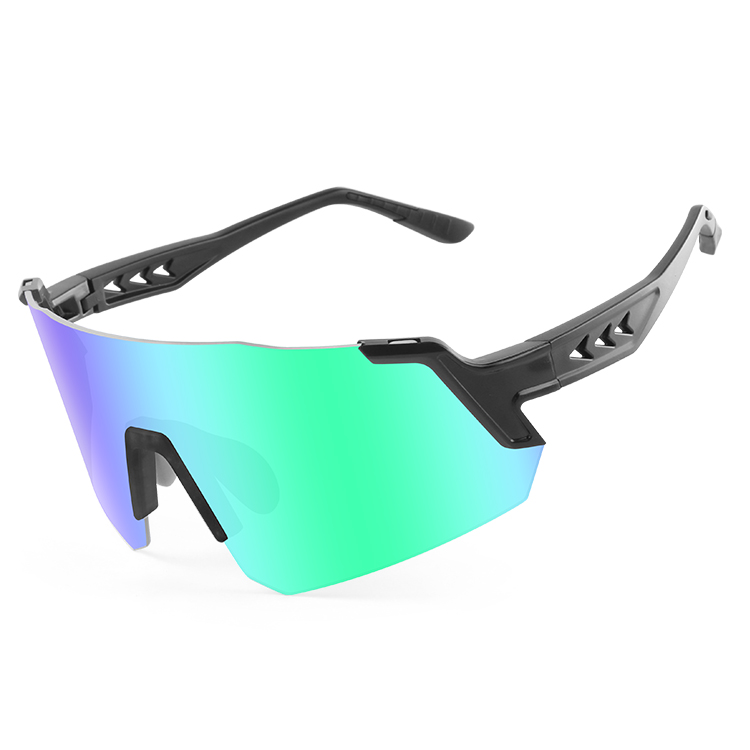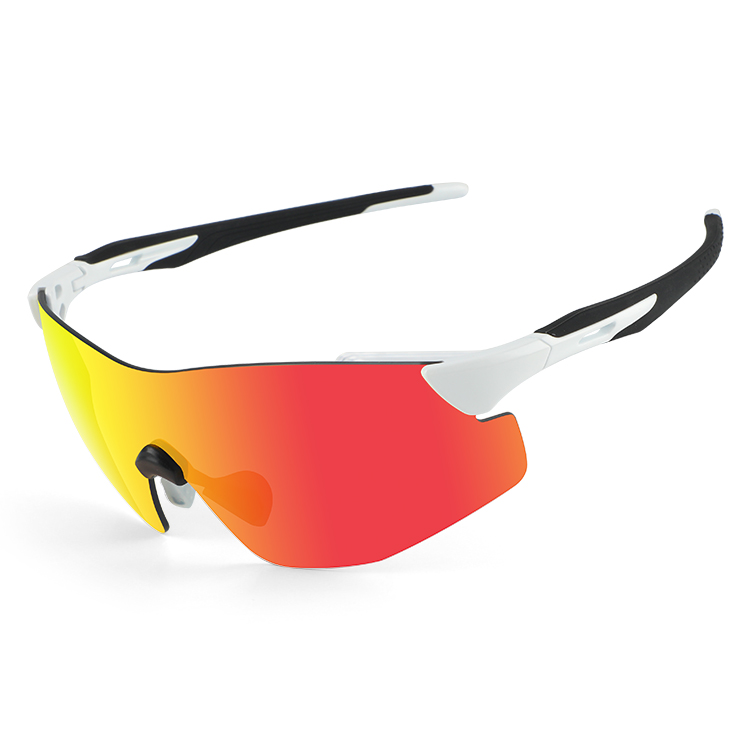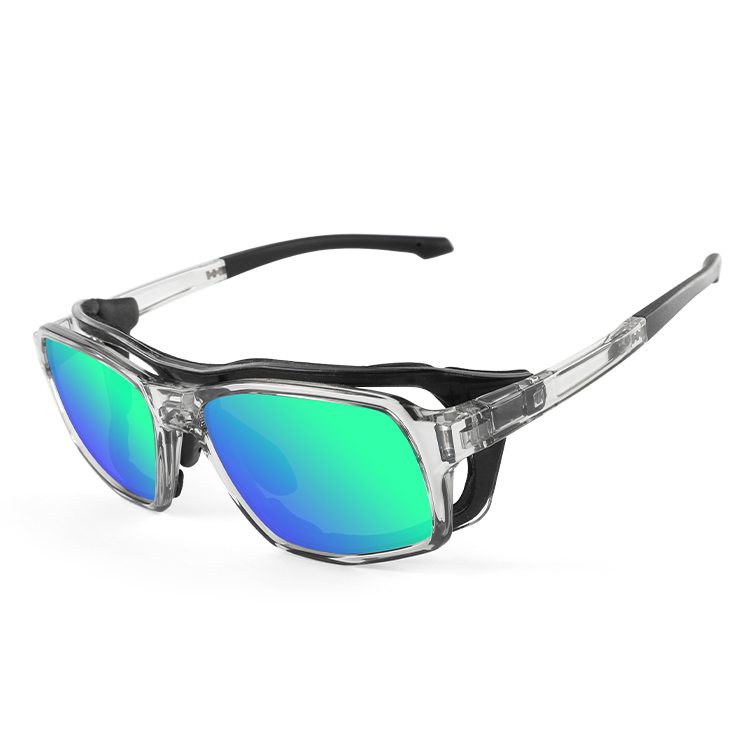Athletes must select the appropriate and best sports sunglasses if they want to improve their performance without sacrificing comfort or safety. Having the right eyewear can make a significant difference whether you are a cyclist, runner, or participant in team sports.
This guide will explore various types of sports glasses, their features, and tips for selecting the best pair for your needs.

Why Sports Sunglasses Important
- Protection from Elements
Best sports sunglasses protect against UV rays, dust, wind, and debris. Exposure to sunlight can lead to long-term eye damage for outdoor athletes. Quality sports eyewear blocks harmful UV rays, reducing the risk of cataracts and other eye issues.
- Enhanced Performance
The right pair of best sports sunglasses can improve visibility and depth perception. Polarized lenses reduce glare from surfaces like water or roads, which is incredibly beneficial for cyclists and runners. This clarity allows athletes to focus on their performance without distractions.
- Comfort and Fit
During strenuous activities, sports glasses are made to stay in place. Features like rubberized temple tips and adjustable nose pads ensure a snug fit. Athletes can focus more on their performance when their eyewear is comfortable than having to constantly adjust it.
Types of Sports Glasses
- Running Glasses
Running glasses have various features, such as lightweight frames, anti-fog coatings, and wraparound designs. These glasses minimize bounce and provide a wide field of vision.
The features of cycling glasses are aerodynamic designs with interchangeable lenses for varying light conditions. They protect against wind and debris while offering optimal visibility.
Anti-fog technology, UV protection, and thermal insulation are major features of ski glasses. The use of these glasses ensures clear vision in snowy conditions and protects against harsh weather.
- Racquet Sports Glasses (Tennis/Badminton)
The best sports sunglasses are characterized by shatter-resistant lenses and lightweight frames. These glasses provide adequate protection against fast-moving balls while maintaining comfort.
Durable materials with scratch-resistant coatings and lots of other benefits make these glasses suitable for various activities like hiking or climbing, where durability is key.
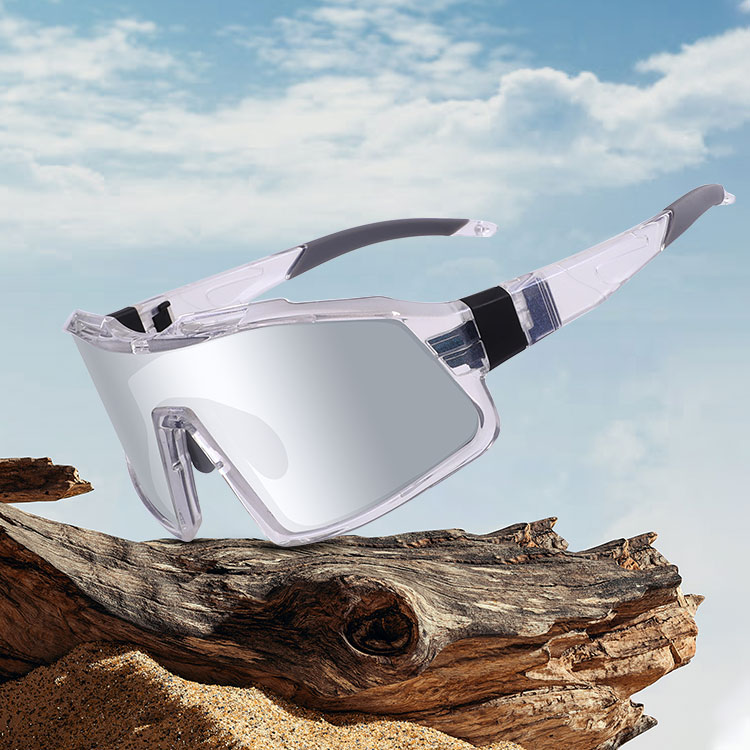
Key Features to consider when choosing the best sports Glasses
- Lens Type:
Based on your activity, choose between polarized or photochromic lenses. Polarized lenses are excellent for reducing glare, while photochromic lenses adjust to changing light conditions.
- Frame Material:
Look for lightweight yet durable materials such as polycarbonate or nylon that can withstand impact.
- Fit and Comfort;
Ensure the glasses fit snugly without pinching or slipping during movement.
- UV Protection:
The best sports sunglasses offer 100% UV protection to safeguard your eyes from harmful rays.
- Ventilation
Features like vents or anti-fog coatings help prevent fogging during intense activities.
Tips for Choosing the Right Pair
- Consider Your Sport:
Every sport has its own set of requirements, so select eyewear appropriate for the activity.
- Try Before You Buy:
If possible, try on the glasses in-store to ensure a good fit and comfort when moving.
- Examine Reviews:
Seek out comments on performance and durability from other sportsmen.
- Speak with an Expert:
If you need prescription lenses or have other special vision requirements, consult an optometrist who specializes in sports eyewear.
Conclusion
Any athlete who wants to protect their eyes while improving performance must invest in a good pair of sports glasses. By understanding the different types available and the features that matter most, you can make an informed decision that meets your needs.
Remember that comfort, fit, and protection are key factors in selecting the best sports sunglasses. With the correct eyewear, you can concentrate on reaching your fitness objectives without sacrificing fashion or security.
Consider XUNQI, a trusted manufacturer that offers customizable options to cater to your unique preferences and requirements.



